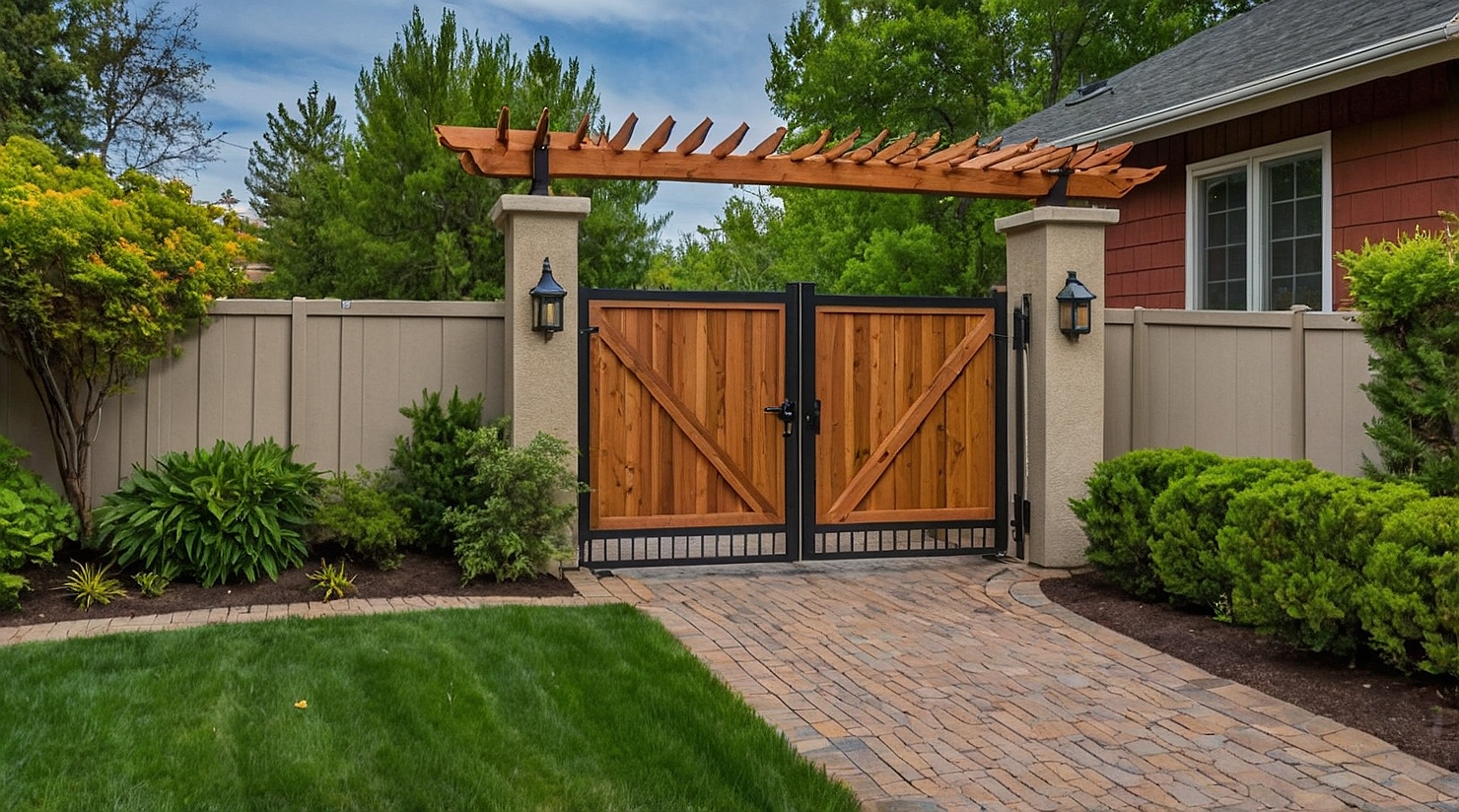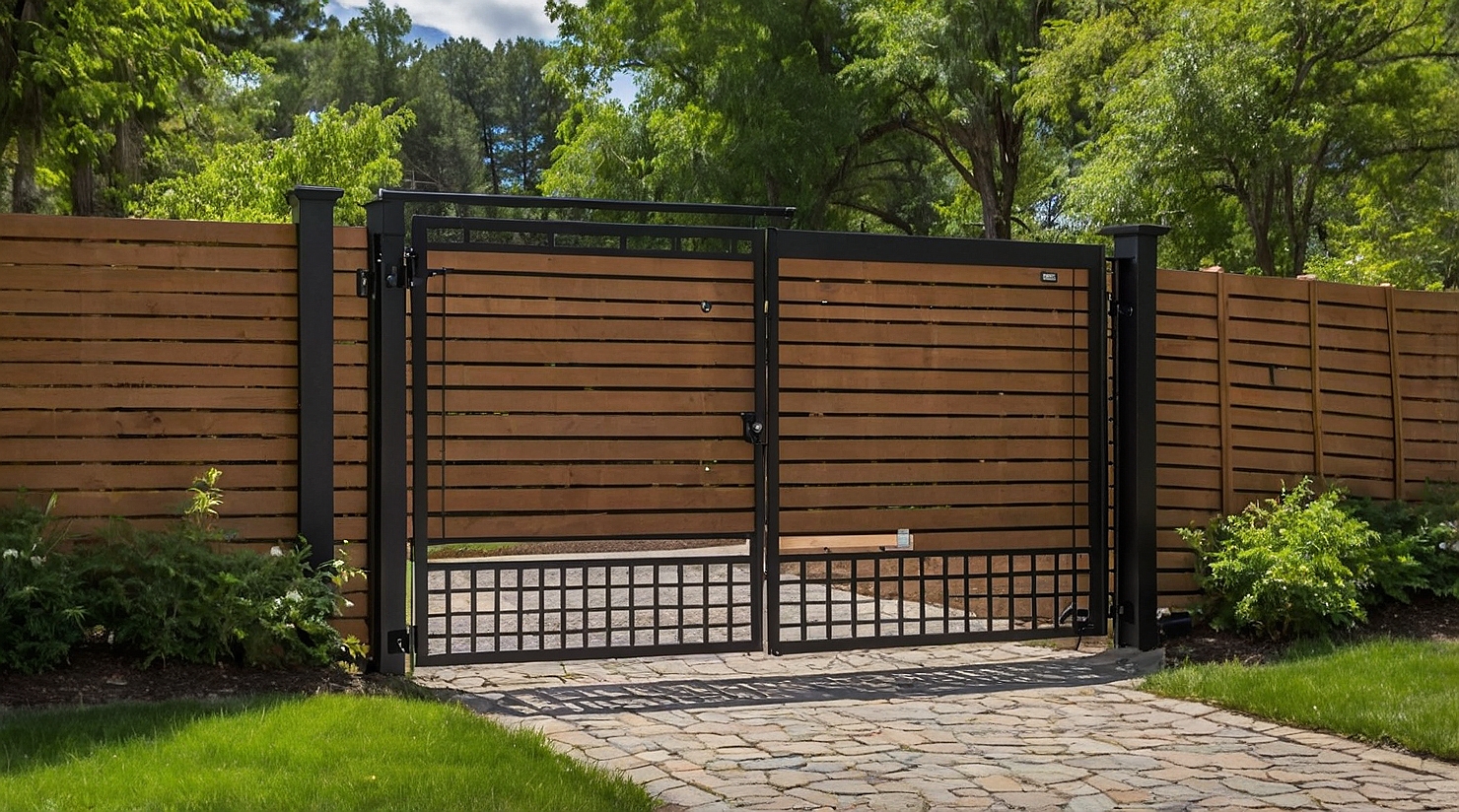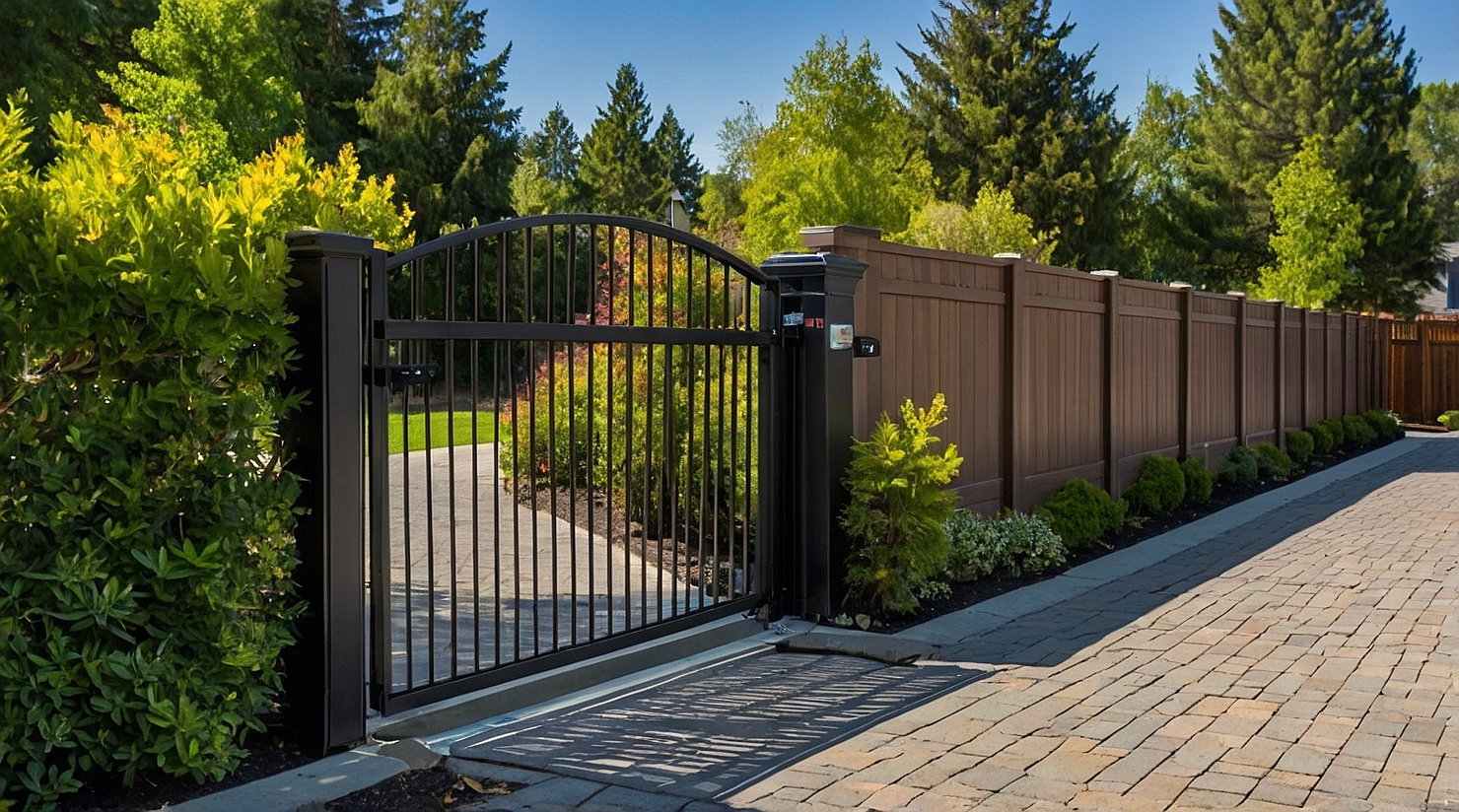
Fence Gate Installation and Automation: A Complete Guide
Fence Gate Installation and Automation: A Complete Guide
Installing a fence gate, especially an automated one, can enhance security, convenience, and property value. Whether you are considering a swing gate, slide gate, or automated solution, understanding the right steps and modern technologies available will help you make informed decisions. In this article, we will walk through the essentials of fence gate installation and automation, along with valuable tips from Superior Fence Michigan, a leading fence company in Michigan.
Understanding the Basics of Fence Gate Installation
Fence gates are more than entry points. They are the focal point of your fence system and play a vital role in its functionality and appearance. Choosing the right type of gate is the first step in a successful installation.
Types of Fence Gates
- Single Swing Gate: Ideal for residential driveways and pedestrian walkways.
- Double Swing Gate: Offers a wider opening, suitable for larger vehicles.
- Sliding Gate: Perfect for properties with limited space or on slopes.
- Bi-Fold and Vertical Lift Gates: Commonly used in commercial settings.
Key Factors to Consider Before Installation
- Gate Placement: Choose a level area with adequate clearance.
- Material Compatibility: Match the gate with your fence type [wood, vinyl, chain link, or aluminum].
- Soil Conditions: Ensure the ground can support posts and hardware.
- Local Codes: Check city or HOA regulations on height, materials, and automation.
Steps in Manual Fence Gate Installation
Installing a manual gate involves careful planning, accurate measurements, and the right hardware. Below is a general outline:
- Mark the Opening: Use stakes to identify where posts will go.
- Dig Post Holes: Typically 24 to 36 inches deep, depending on the frost line.
- Set Posts: Use concrete to anchor the posts, ensuring they are level and aligned.
- Attach Hinges: Install heavy-duty hinges suited to the weight of the gate.
- Hang the Gate: Secure the gate to the hinges and test for swing clearance.
- Install Latch or Lock: Choose a secure and user-friendly mechanism.
Automating Your Fence Gate
Adding automation to a gate is becoming increasingly popular for homeowners and businesses. Automated gates improve security, offer remote control access, and reduce manual effort.
Automation Options
- Swing Gate Operators: Motorized arms that open the gate inward or outward.
- Slide Gate Operators: Use a gear and track system to slide the gate laterally.
- Barrier Arm Operators: Used in parking areas and commercial zones.
Access Control Features
Modern systems allow you to control gates through:
- Keypad entry
- Remote controls
- Smartphone apps
- Card readers and RFID tags
- Video intercoms
Power Supply Considerations
You can choose between:
- Hardwired Systems: Require trenching and electrical work but offer stable power.
- Solar-Powered Gates: Great for rural properties and environmentally friendly.
Common Installation Mistakes to Avoid
- Incorrect post alignment leading to gate sagging
- Using undersized hardware that wears out quickly
- Skipping safety features like obstruction sensors or emergency release systems
- Overlooking proper drainage near the gate area
Real-World Example: Automation Success
One customer of Superior Fence in Farmington, Michigan, installed a sliding gate with solar-powered automation for their suburban home in Farmington Hills. The property had a narrow driveway, and a traditional swing gate would have blocked the street. The sliding design offered both space efficiency and modern aesthetics, while the automation allowed them to open the gate from their vehicle or phone, even during power outages, thanks to the solar backup system.
Costs and ROI of Automated Gates
Automated gates cost more upfront than manual gates. However, they offer excellent long-term value. On average:
- Manual gate installation: $500 to $3,500
- Automated gate installation: $2,000 to $7,000 depending on size and features
According to a report from Remodeling Magazine, adding enhanced curb appeal through features like automated gates can boost a home’s resale value by up to 5 percent.
Maintenance and Long-Term Use
Maintaining your fence gate is crucial for long-term performance:
- Lubricate moving parts every 3-6 months
- Check automation systems for signs of wear or electrical issues
- Clean gate surfaces to avoid rust or weathering
- Test backup systems regularly
Choosing the Right Professionals
Working with experienced contractors ensures your gate is installed correctly, meets local codes, and functions safely. Superior Fence Michigan is a trusted fence company in Michigan known for its attention to detail, automation experience, and customer satisfaction.
Conclusion
Fence gate installation and automation are not just about convenience. They offer enhanced security, improved property value, and everyday comfort. From planning and placement to automation and access control, understanding your options will lead to a smarter investment. Partnering with a knowledgeable provider like Superior Fence Michigan ensures that your gate is built to last and tailored to your needs.
Sources



0 comments